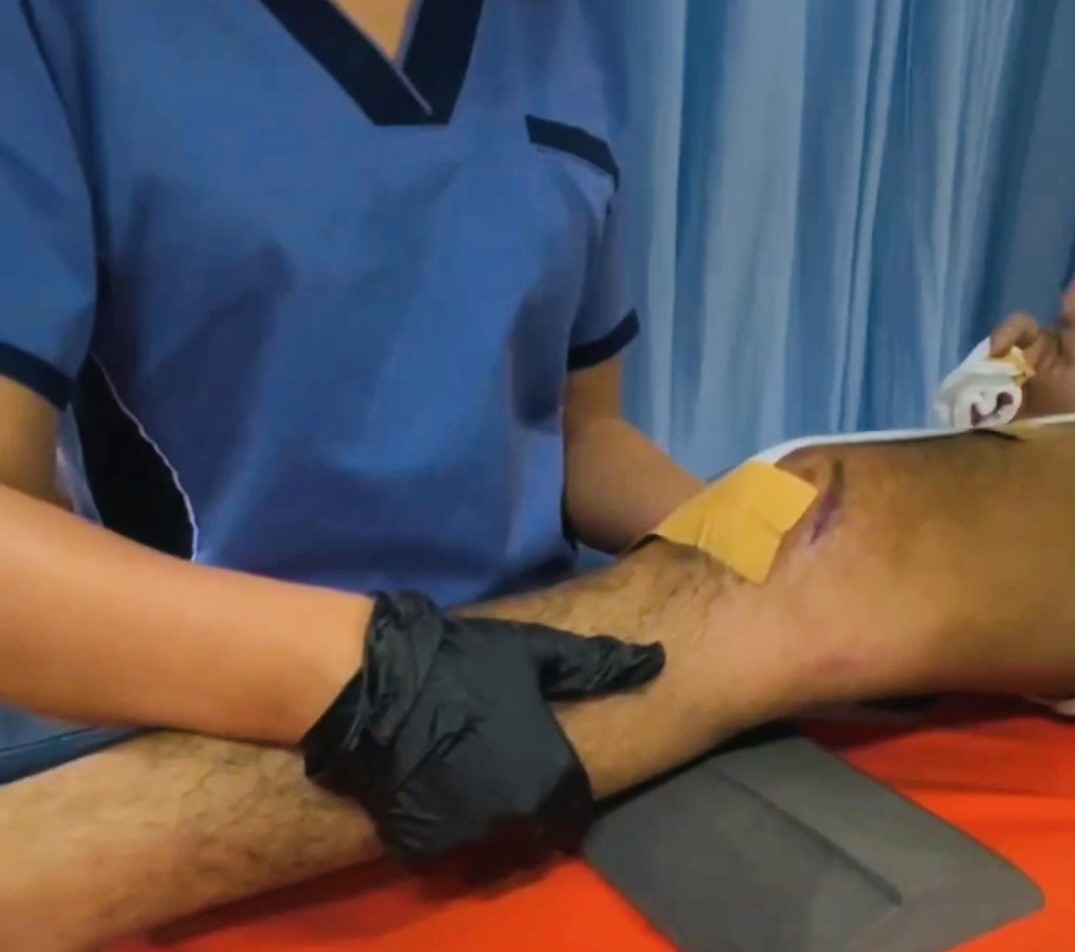
Musculoskeletal Conditions
Physical therapy is instrumental in managing various musculoskeletal conditions by focusing on pain relief, improving mobility, restoring function, and preventing further injury. Here are examples of how physical therapy can help with different musculoskeletal conditions:
1.Osteoarthritis:
● Exercise Programs: Customized exercises help strengthen muscles around affected joints, improving joint stability and reducing pain. Education: Patients learn techniques for joint protection, proper posture, and activity modification to manage symptoms.
● Manual Therapy: Techniques like joint mobilization or manipulation can alleviate stiffness and improve joint range of motion.
● Modalities: Heat, ice, or ultrasound therapy can provide pain relief and reduce inflammation in arthritic joints.
● Education: Patients learn techniques for joint protection, proper posture, and activity modification to manage symptoms.
2.Low Back Pain)
● Core Strengthening: Exercises targeting the muscles of the abdomen and lower back help improve spinal stability and reduce pain.
● Flexibility Training: Stretching exercises alleviate tightness in muscles that contribute to back pain.
● Postural Education: Proper body mechanics and ergonomics are taught to prevent future episodes of back pain.
● Manual Therapy: Techniques such as spinal manipulation or mobilization can provide immediate pain relief and restore mobility.
3.Rotator Cuff Injury
● Range of Motion Exercises: Gradual exercises help restore shoulder mobility while avoiding further strain on the injured rotator cuff.
● Modalities: Ice, heat, or electrical stimulation can aid in pain management and reduce inflammation.
● Functional Training: Activities are tailored to mimic daily tasks to ensure the shoulder can function optimally in real-life situations.
4.Knee Ligament Injuries (e.g., ACL Tear)
● Preoperative Rehabilitation: Strengthening and range of motion exercises prepare the knee for surgery and improve outcomes postoperatively.
● Postoperative Rehabilitation: Gradual progression of exercises helps regain strength, stability, and function of the knee after surgery.
● Balance and Proprioception Training: Exercises to improve balance and coordination reduce the risk of reinjury and improve overall knee function.
5. Fractures
● Early Mobilization: Physical therapists assist in safely initiating movement to prevent complications like joint stiffness or muscle atrophy.
● Weight-Bearing Progression: Patients are guided through exercises to gradually regain strength and weight-bearing capacity in the affected area.
● Functional Training: Activities are tailored to restore independence in daily activities while ensuring safety and proper healing.